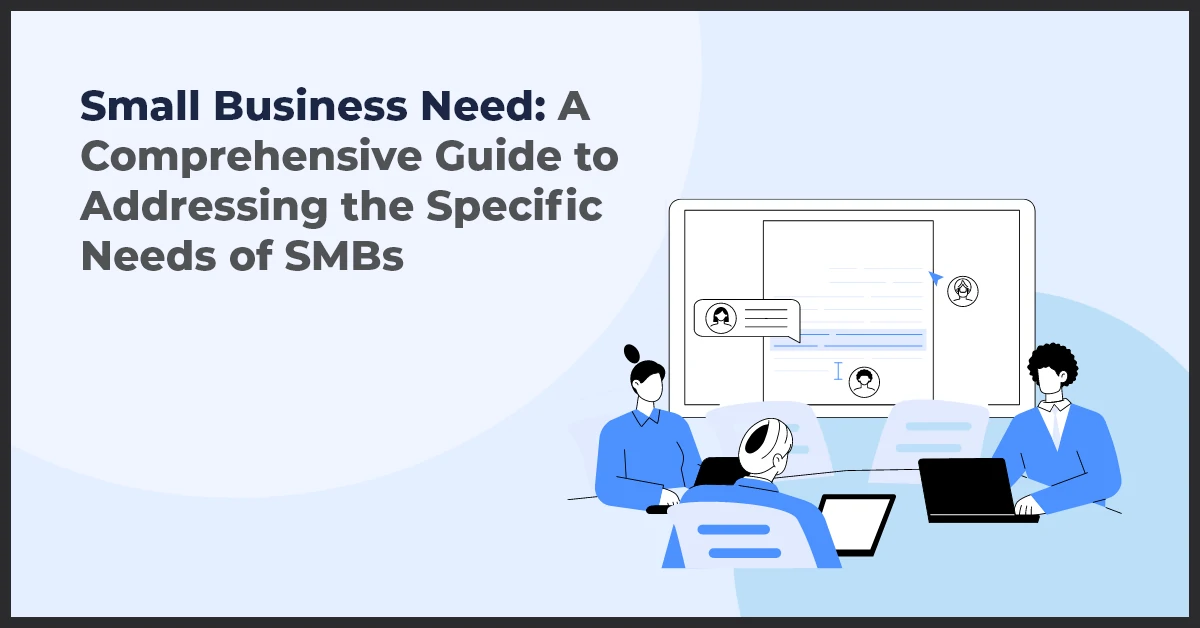Why Have a Net Promoter Score (NPS) Program?

Published on: November 7, 2019
Updated on: June 28, 2024
1450 Views
- Business
5 min read
The Net Promoter Score - NPS is the leading metric for measuring customer satisfaction and loyalty for any business. In fact, It goes beyond measuring just customer satisfaction and further gauge their desire to recommend it to others. It’s relevant to every type of organization irrespective of size and industry. Many businesses rely upon the NPS and consider it a cornerstone of their feedback collection process not just because of its benefits but because it helps them improves customer experience over time.
The NPS calculations start with surveying the customers and collecting their feedback on a pre-defined numeric scale. The simplicity of the NPS system beholds its magic; so don’t get carried away by adding too many questions. It is usually a one-question survey but some businesses or teams like to extend it to 4-5 questions.
How to Calculate Net Promoter Score (NPS)?
Calculating NPS is very straight forward. The score comes from a standard survey question,
“On a scale of 0-10, how likely would you recommend (Brand/company name) to your friends, family or professional associates?”
You can easily make it part of your customer nurture programs using your marketing automation platforms like Marketo, Hubspot, Pardot or others. Thereby automating the collection and reporting of this data in predecided intervals of Monthly, Quarterly or other desired time frames.
Your customers will give you a score as per their experience with your product or services.
- Customers who score you a 6 or below are Detractors
- Customers who score you between 7 or 8 are Passives
- Customers who score you 9 or 10 are Promoters.
The formula to calculate NPS is quite simple: subtract the percentage of Detractors from the percentage of Promoters. For example, say you have got 50% of your respondents as ‘Promoters’ and 10% were Detractors, your Net Promoter score will be 40.
Calculating NPS doesn’t end the process as it only tells how you are performing from your customer’s perspective but not why. It is necessary to ask your customers; what drove their score? The best practice is to provide them a list of pre-defined touchpoints along with an open option to explain themselves in a comment box.
You can learn from your ‘Detractors’ by asking ‘diagnostic questions’ or ‘targeted follow-up questions’ like, “What can we do to improve?” similarly you can ask your ‘Promoters’ “What are we doing really good at?”
Knowing about reasons for your customer’s satisfaction or dissatisfaction will expose the weak points that you need to improve to enhance customer loyalty for your brand.
Why Measure Net Promoter Score?
Here is a list of reasons that should be strong enough for anyone to consider the idea of measuring NPS over other customer satisfaction measurement tactics.
- It Measures Customer Loyalty - with its numeric scoring system. It provides an actual quantitative measure and helps quantify a gut feeling. It measures the customer’s loyalty and the likelihood of buying again and recommending your business to others. This measure is helpful for forecasting ROI, business growth, and overall customer satisfaction.
- It Provides A Benchmark Of Quality - being provided to customers by your product or services. It’s a great way to track change over time and making sure you are continuously striving to beat your previous score by providing excellent service and quality.
- It Identifies Areas For Product And Service Improvement - Managers can use NPS surveys as big-picture gauge the performance of various departments, products, and processes in their organizations. For example, if a customer scores you 5 and mentions the poor product durability as a reason for his dissatisfaction; the production manager can scrutinize the situation and take measures to fix the durability of the product.
From the collective feedback being received management can pinpoint the root causes and can execute appropriate improvement plans to avoid such negative feedback in the future.
- It Helps Build Consensus And Alignment In Organizations - by giving them a common goal and a measure to it. Customer success is central to every business and every department within a business has a role to play in making sure the satisfaction levels stay high. NPS gives a very clear picture of the customer’s view. If executed and deciphered well it can be the one thread that keeps the beads together and making sure all teams are collectively working towards understanding what impacts customer satisfaction and continuously improve it.
- It’s Simple, User-friendly And Inexpensive To Implement - It provides the big picture leaving little room for doubt. The NPS survey is very easy to conduct, you can easily send it through emails, messages or simply post on your website. It revolves around one numeric question and maybe a couple of qualitative comments; customers do not hesitate to respond to it. The NPS formula is quite straightforward and gives one simple number that is easy to understand.
It is worth investing time and effort in measuring NPS to find out your customer loyalty and satisfaction level. If you are planning to work on having a consistent and automated NPS program, we can help you with that; drop us an email at info@growthnatives.com
Frequently Asked Questions
A Net Promoter Score (NPS) program is a customer feedback system used by businesses to measure customer satisfaction and loyalty by asking customers a single question: “How likely are you to recommend our product/service to a friend or colleague?” The responses are used to calculate an NPS score.
Having an NPS program is important for businesses because it provides valuable insights into customer sentiment, helps identify areas for improvement, enables businesses to measure and track customer loyalty over time, and serves as a leading indicator of business growth and success.
An NPS program benefits businesses by helping them understand customer needs and preferences, identify promoters (loyal customers likely to recommend the business), detractors (unhappy customers at risk of churning), and passives, prioritize efforts to improve customer experience, and ultimately drive business growth and profitability.
Steps involved in implementing an NPS program include selecting the right survey tool or platform, designing a simple and user-friendly survey questionnaire, defining clear goals and objectives for the program, determining the frequency and timing of surveys, collecting and analyzing feedback data, and taking action based on insights obtained.



